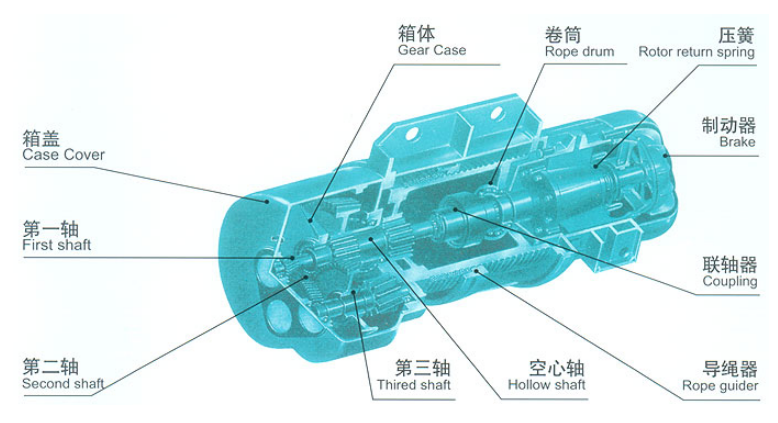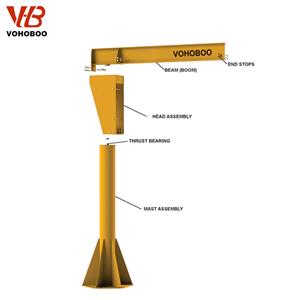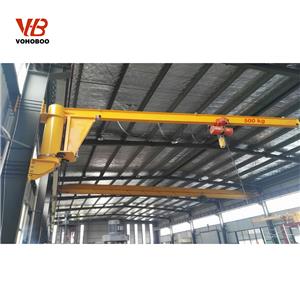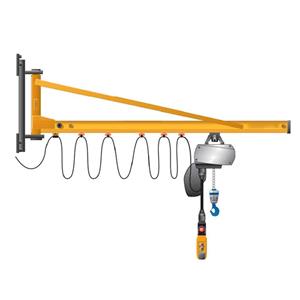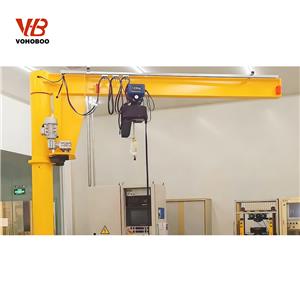What are the failures of electric hoist?
Among various lifting appliances, electric single beam cranes, electric hoist bridge cranes, electric hoist gantry cranes, etc. all use electric hoists as the lifting mechanism of the lifting appliances. In addition to the large and small trolley walking mechanism and the main forces and components, the electric hoist as a lifting mechanism is prone to failure.
1. The contactor is prone to adhesion and failure failure.
Second, the conical brake and motor rotor brake shaft are prone to twisting and breaking failures.
There will be multiple jog operations during the lifting and lowering of the electric hoist. The cone brake will be opened and closed frequently. The brake will be repeatedly subjected to starting torque and braking torque, which is prone to fatigue fracture. After the brake shaft breaks, the braking torque cannot be transmitted to the drum, and the heavy objects lifted by the hoist with the electric hoist as the lifting mechanism will fall under the action of gravity.
3. When the lifting height limiter of the hoisting machinery fails or the contactor in the control electrical cabinet is stuck or stuck, the lifting mechanism will run upwards all the time, causing over-winding, and the hook group hits the drum to cause the drum to deform. The reel is connected to the output shaft of the reducer through gear meshing, and the output shaft of the reducer is easily broken under the impact. If only the reel is replaced during the maintenance process, it will be used again without checking the output shaft of the reducer. If the output shaft of the reducer breaks, it will cause a heavy object to slide down.
4. The failure and damage of the safety protection devices of the hoisting machinery, such as the failure of the lifting height limiter, the damage of the lifting weight limiter, and the failure of the travel limiter of the trolley traveling mechanism.
